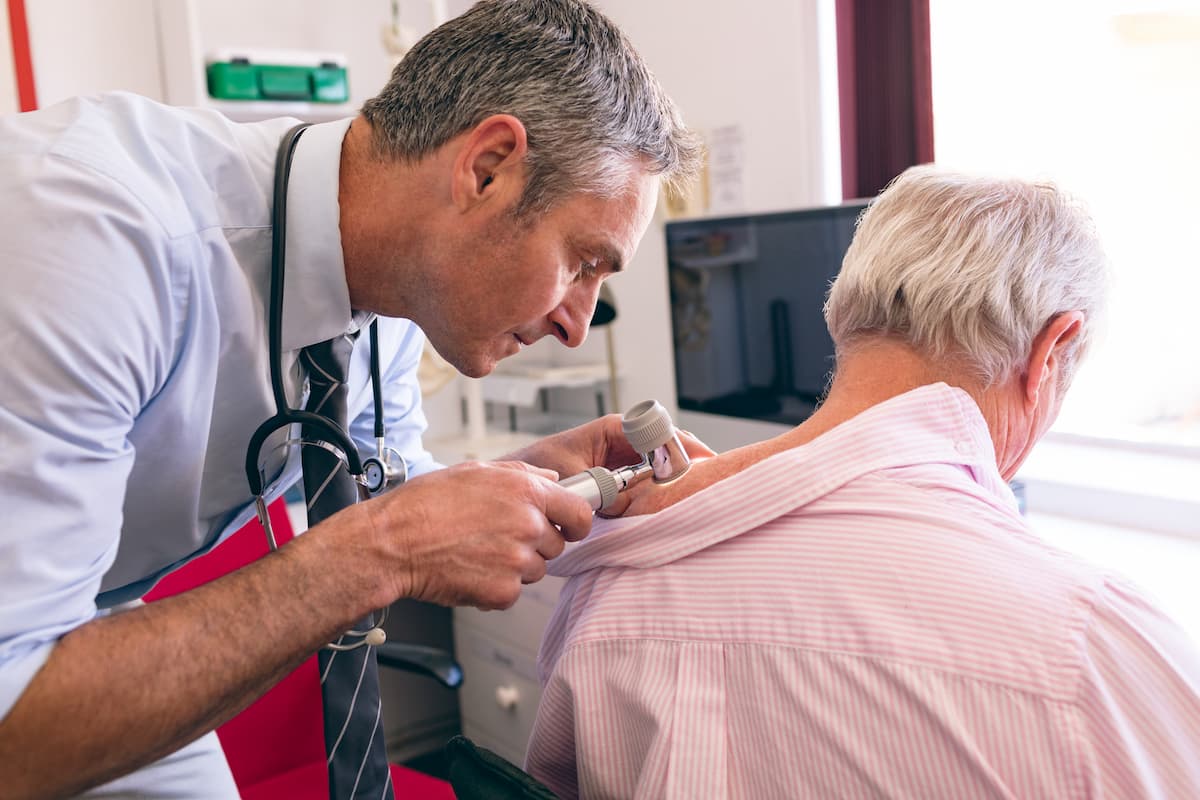Article
Mixed QOL Findings Following Treatment Highlight Need for BC Support Services
Author(s):
This subanalysis of data from the ECOG-ACRIN E5103 trial evaluated longer-term quality of life (QOL) at the 18-month mark among patients with lymph node–positive or high-risk lymph node–negative breast cancer (BC) who have completed active treatment.
In a comparison study of patients with lymph node–positive or high-risk lymph node–negative breast cancer who received chemotherapy plus either bevacizumab or placebo, the antiangiogenic agent did not worsen quality of life (QOL) following active treatment completion, reports JAMA Network Open.
The study, a secondary analysis of the ECOG-ACRIN E5103 trial, investigated QOL among 455 patients at the 18-month mark following treatment with a chemotherapy regimen of doxorubicin, cyclophosphamide, and paclitaxel. Patient-reported outcomes were also evaluated at 6 weeks, 18 or 22 weeks, and at 12 months using EuroQol 5-Dimension 3-Levels (EQ-5D-3L), EQ–visual analog scale (EQ-VAS), and the Functional Assessment of Cancer Therapy–Breast Cancer, with arm subscale (FACT-B+4). Participants were randomized 1:2:2 to 1 of 3 treatment groups:
- Group A: adjuvant doxorubicin, cyclophosphamide followed by paclitaxel with placebo
- Group B: adjuvant doxorubicin, cyclophosphamide with bevacizumab followed by paclitaxel with bevacizumab
- Group C: adjuvant doxorubicin, cyclophosphamide with bevacizumab followed by paclitaxel with bevacizumab and bevacizumab monotherapy
“Breast cancer treatment can impact not only short-term health but may also affect longer-term QOL,” the authors wrote. “[We wanted] to describe and evaluate factors associated with diminished QOL following completion of active treatment.”
Despite patients reporting both some pain and discomfort (58%) and symptom of anxiety/depression (38%), overall, there were no significant differences seen among the 3 groups in either QOL or health status, with scores being reported as medians:
- In Group A, the FACT-B score for QOL was 123 (range, 67-146), and for health status, the EQ-5D-3L score was 0.83 (range, 0.28-1.00) and EQ-VAS, 85 (range, 20-100)
- In Group B, the FACT-B score was 114 (range, 54-148), and for health status, the scores were 0.83 (range, 0.20-1.00) on the EQ-5D-3L index and 85 (range, 0-100) on the EQ-VAS
- In Group C, the FACT-B score was 117 (range, 42-148), the EQ-5D-3L index score was 0.83 (range, 0.17-1.00), and the EQ-VAS score was 85 (range, 0-100)
Multivariable analyses (marital status, education status, age, race, ethnicity, menopausal status, having surgery and/or radiation, tumor pathologic features) accounted for independent associations with FACT-B scores, and these showed that persons of a non-White race—Asian, Black, American Indian, Alaska Native—are likely to have a lower QOL if the have a mastectomy and radiation:
- Asian, Black, or American Indian or Alaska Native race: −7.3 (95% CI, −13.2 to −1.4)
- White race: −5.5 (95% CI, −10.1 to −0.9)
Age was shown to have a small influence on QOL, but the authors deemed this finding statistically nonsignificant, and no associations were seen between education status, tumor size, and nodal status with QOL.
Patients were enrolled in the study between January and June 2010, and final data analysis took place between March and December 2021. The study started with 571 participants, but only 519 remained in the study at the 18-month follow-up. Of this group, just 465 answered at least 1 survey question in surveys administered at 18 months; within this group, 10 had recurrent disease and were excluded. The median (SD) patient age was 52 (25-76) years, 57% had a mastectomy, most were non-Hispanic (95%), more than half (55%) had less than a college education, and 56% were postmenopausal.
The authors also noted that at the 18-month mark, the study population QOL echoed that of the US general population; however, women who had postmastectomy radiation therapy did have lower scores on FACT-B and EQ-VAS compared with women who had breast-conserving surgery.
“Routine monitoring of symptoms and functional status is warranted to identify and ameliorate symptoms early that may adversely affect QOL,” they concluded, “as well as to improve pain and optimize and sustain psychological health and physical functioning in breast cancer survivors during treatment and into survivorship.”
Because their study population was predominantly White, the study authors stressed the importance of racial and ethnic minority representation and participation in clinical trials. Another limitation was the exploratory nature of their outcomes comparison between women who had mastectomy or breast-conserving surgery.
Reference
Rosenberg SM, O’Neill A, Sepucha K, et al. Quality of life following receipt of adjuvant chemotherapy with and without bevacizumab in patients with lymph node-positive and high-risk lymph node-negative breast cancer. JAMA Netw Open. Published online February 28, 2022. doi:10.1001/jamanetworkopen.2022.0254





